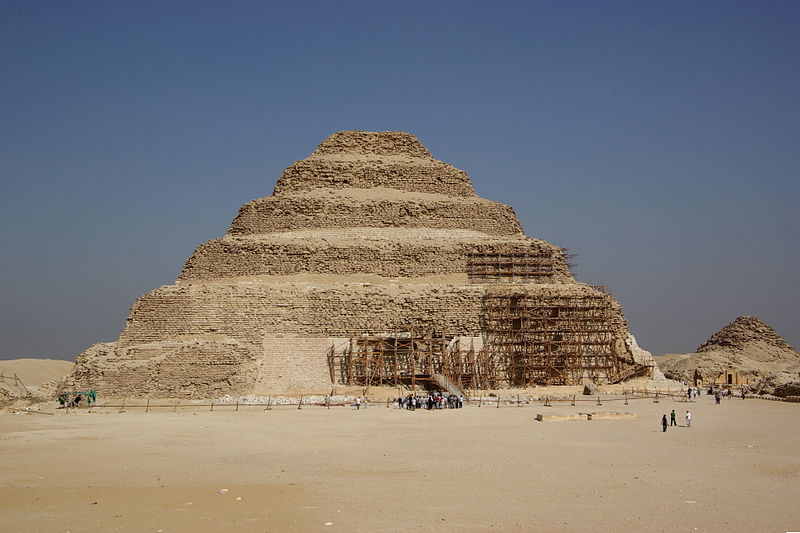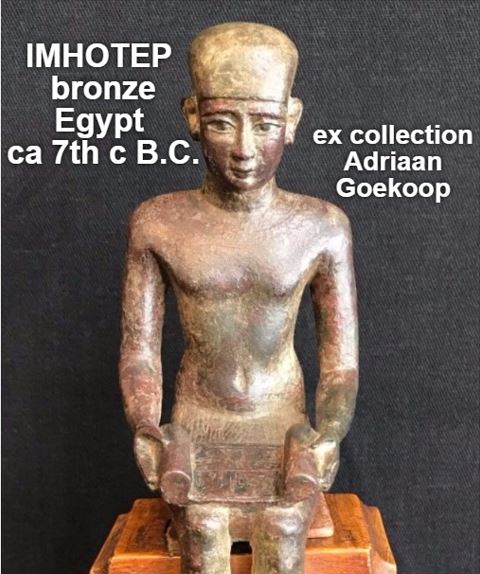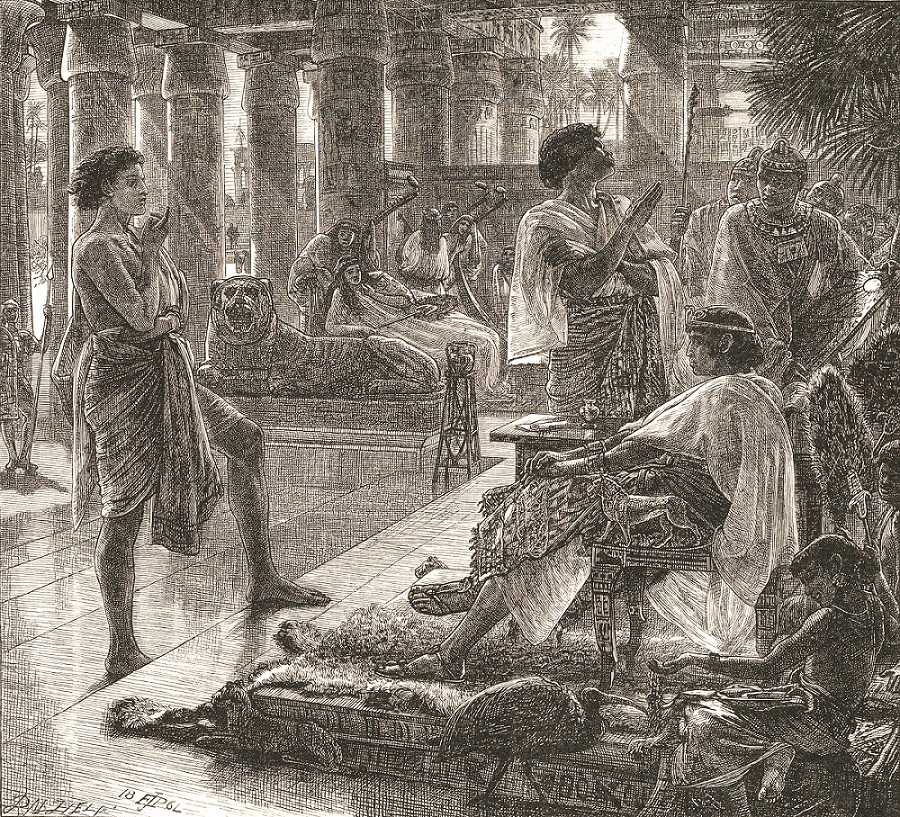The Credibility of The Holy Bible – Pyramids

When you say “pyramid”, you immediately think of Egypt. So far several dozens of pyramids, both complete and incomplete, have been found there. Surely the most famous pyramid is the largest one – Keops, which is 137 meters high and has about one million stone blocks heavy several tons. Pyramids began to be built during the reign Pharaoh Gozer, when Egypt reached the height of its power. The first pyramid to be built in Egypt was the Step Pyramid in Sakara.

The beginning of the reign of Pharaoh Gozer was not marked by anything spectacular. And then one man, named Imhotep, appeared, and since then the great rise of this Pharaoh has begun. Although Imhotep was not part of Pharaoh’s family, he was appointed to be a major figure in Egypt, just after the ruler. Egyptian history records: “During the reign of Pharaoh Jozer there lived Imhotep, who ran the affairs of the rulers of Egypt.

Imhotep was the deputy ruler. He governed the Grand Palace, he was the High Priest of Heliopolis and was a builder, sculptor … Imhotep gained the reputation of Asklepios (the Greek god of medicine) among the Egyptians. ”Because of his great abilities, many contemporary historians call Imhotep Leonard Da Vinci of ancient Egypt. But, what is important to us which was recorded in Egyptian history is: “Imhotep has established the skill of construction using hewn stone. “So Imhotep was the one who started the construction of the pyramids, and the first pyramid he made was the Step Pyramid in Sakara.
This pyramid is very different from other pyramids because it is surrounded by a large wall. And there is only one narrow entrance to the complex of this pyramid. Why was this protection needed for this pyramid? Was there something precious stored there? When scientists entered the complex of this pyramid, they discovered 11 large granaries. That these granaries were indeed used to store grain was confirmed by the findings of grain residues at their bottom. So these granaries were able to accommodate 40,000 cubic meters of grain, far exceeding the needs of residents who lived then in this place and in the surrounding cities. The granaries at their bottom were interconnected, and people were going down the stairs to the bottom of the them, where grain was handed over to them through special taps. It may seem strange, but Egyptian history records that it all began with one dream of Pharaoh Gozer.


Pharaoh was very disturbed by the impending famine, for in his dream the god of Nile, Knum, appeared and promised that the Nile would give water, but that there would be seven years of abundance first and then seven years of femine.
When he dreamed of this dream, Pharaoh Jozer sought an answer from Imhotep: “I asked Imhotep, who was the son of the god Pta: ‘Where is the Nile born? Who is the god there? Who is the true God? ‘”Imhotep replied,” I need to ask God who rules over all living things … “After Imhotep advised him what to do, Pharaoh Jozer issued an order: “I promised the god Nil Knum that all the people, except the priests in the temple of God, would pay a tax of one-tenth of their crops.”
The people paid taxes in grain stored in large storages, which were to be served at a time of coming great famine.

In the history of Moses, we find the same information for Joseph.
Does this mean that Imhotep, that famous historical figure from Egyptian history, was actually Joseph?
Scientists have tried to find the place where Imhotep was buried. They started from the Step Pyramid in Sakara. They found engraved drawings on the walls of people suffering from great hunger.
Although almost all the pyramids in Egypt were looted, this one had well-hidden underground rooms so that its interior was preserved.
When they entered these rooms, the scientists found a surprising discovery. There were over one million prepared ibis birds. The ibis bird was considered a sacred animal in Egypt. So Egyptian and Greek history recorded that people came from all countries of the region to be medically treated by Imhotep and later gave him these prepared birds for their exceptional treatment success.
Finally, scientists entered the room where Imhotep’s coffin was located. The first thing they noticed was that this casket was facing north. In Egypt, all people were buried in the east direction, as they worshiped the sun. Obviously, Imhotep did not belong to the Egypt’s religion.

When they opened Imhotep’s casket, there was no body inside it. Why, when the tomb was not robbed?
We find the answer to this question in the history of Moses. When the Israelites left Egypt, led by Moses, they brought with them Joseph’s body.
So, we see that Moses’ historical report once again proves to be reliable. Imhotep, that famous figure in Egyptian history, was actually Joseph – a prominent figure in Moses’ history.
It sounds a bit improbable, but scientific evidence indicates that the pyramids began to be built with the aim of storing grain to save the people from starvation and were later built as the tombs of Pharaohs who considered themselves gods. All of this fit in well with what Moses wrote in his history.
Although proving to be true of many interesting issues, such as dinosaurs and pyramids, Moses’ historical account encounters criticism by some scholars.

